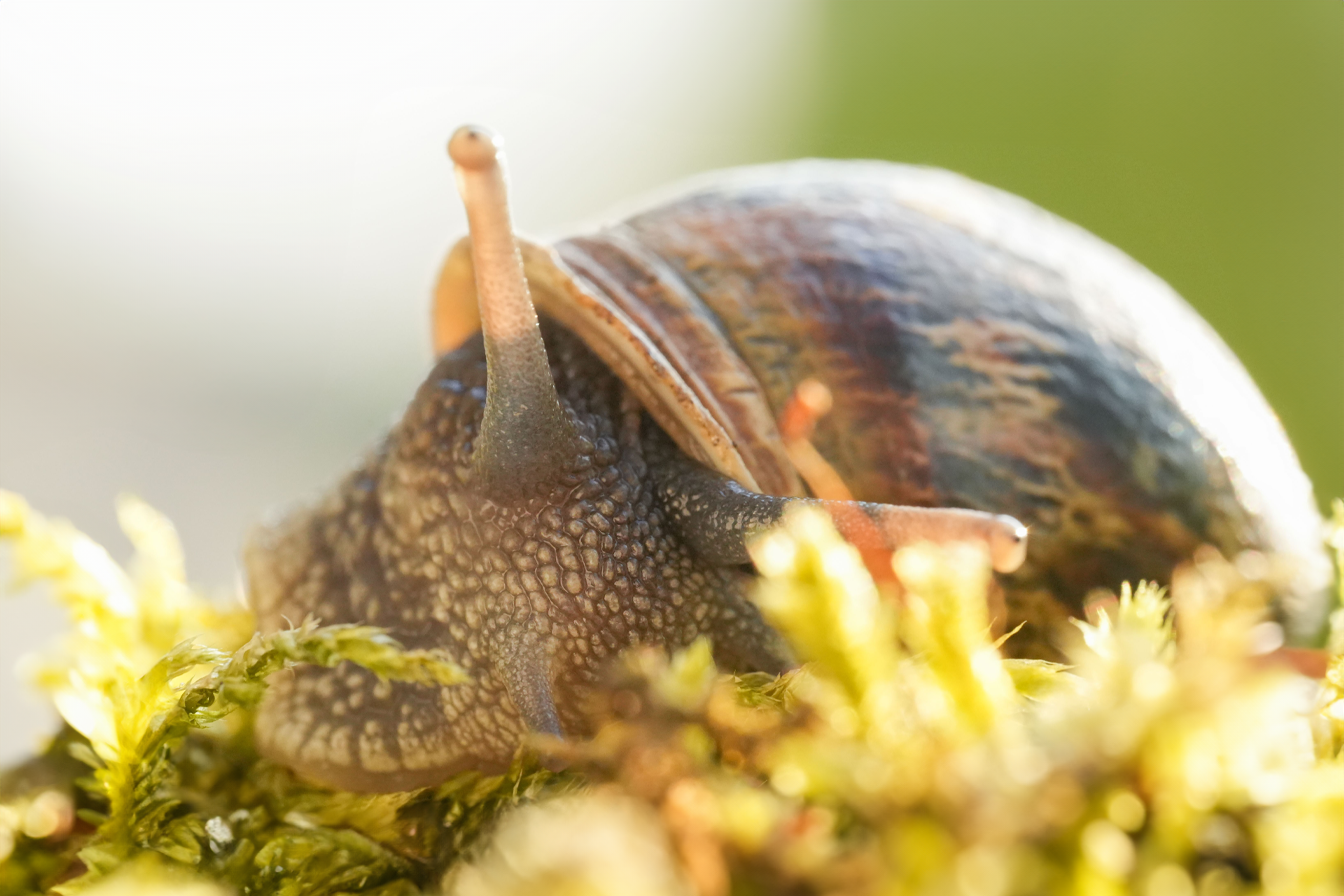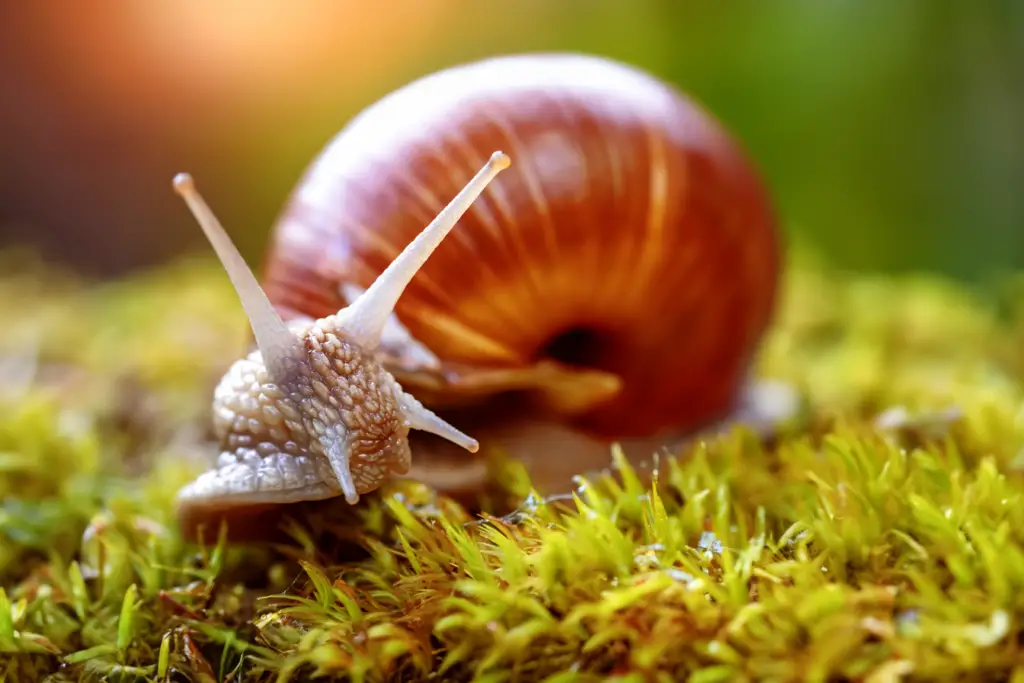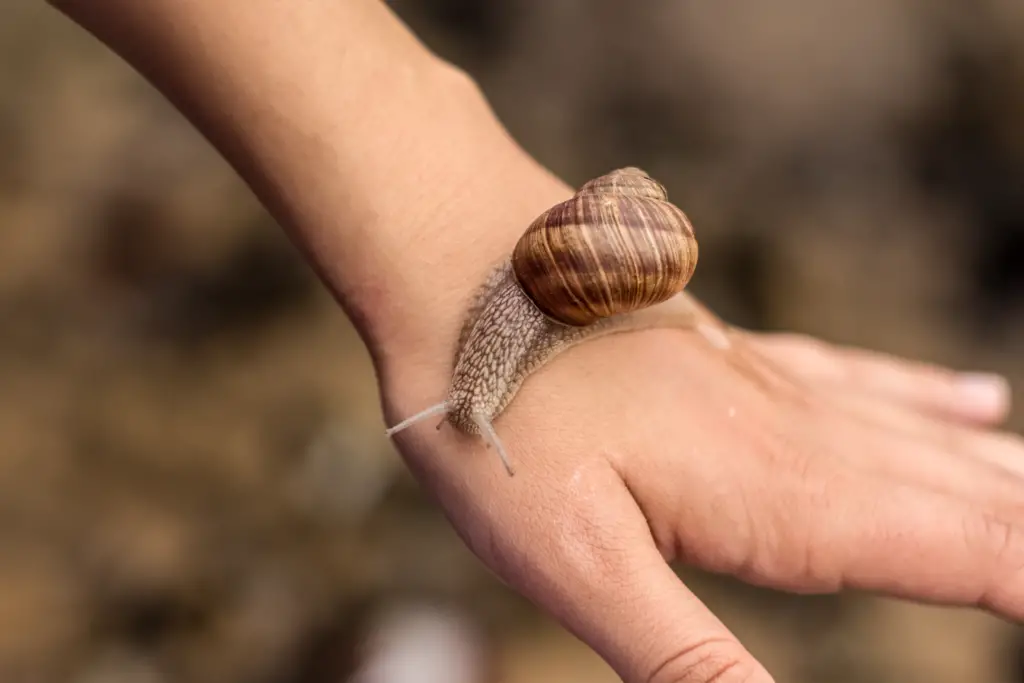
When you see a snail, with its distinctive shell and slow movement, you might wonder if it falls into the same category as bugs. The term “bug” is often used informally to refer to any small crawling creature; however, in the world of biology, it has a more precise definition. Snails, with their soft, unsegmented bodies and spiral shells, are not bugs at all. They are part of a group called mollusks, which includes creatures like octopuses and clams.
Unlike insects that have jointed legs, segmented bodies, and exoskeletons, snails’ unique characteristics place them in a different category. Their hard shells are not an exoskeleton but rather a single, protective structure they carry on their back. Learning about the fascinating differences between snails and insects can give you a new appreciation for the diversity of life you encounter in your garden or during a hike.
Understanding the distinctions between various types of small creatures can be surprisingly absorbing. It’s easy to lump them all together under one label, but once you discover that snails have more in common with oysters than with grasshoppers, your perspective might change. Next time you come across these slow-moving creatures, you’ll recognize that they are something quite apart from the typical “bug” you might find crawling in the underbrush.
Defining Snails
In this section, you’ll learn exactly what makes a snail unique—from their distinct anatomy to the diverse habitats they occupy.
Snail Anatomy
Snails are fascinating creatures when you take a closer look at their anatomy. They are part of the class Gastropoda, which means they boast a muscular foot designed for locomotion and a hard protective shell, which can vary in shape and color. This shell is snails’ most distinct feature, acting as both a shelter and a mobile home they carry on their back. Snails also have a head with sensory tentacles, and some species have eyes located on the tips of these tentacles.
Snail Habitat
Your garden isn’t the only place you might find a snail. These creatures are exceptionally adaptable and can be found in a wide range of environments. They inhabit moist locations such as under rocks, forests, gardens, rivers, and even oceans. Regardless of the specific location, snails require an environment that provides adequate moisture to prevent them from drying out, and they’re often found in areas where there’s plenty of vegetation or organic material to feed on.
Understanding Bugs
Before diving into specifics, it’s crucial for you to recognize that the term “bugs” often colloquially refers to a wide range of small creatures, but scientifically, it’s a term more appropriately assigned to insects. Insects, a class of arthropods, have distinctive features that set them apart from other small organisms like snails.
Characteristics of Insects
Insects showcase a variety of unique characteristics:
- Body Structure: They possess a segmented body organized into a head, thorax, and abdomen.
- Legs: Insects are easily recognized by their six jointed legs.
- Exoskeleton: Their bodies are protected by a hard exoskeleton made of chitin.
- Antennae: Most have a pair of sensory antennae.
- Wings: Many insects have two sets of wings, though some may have one or none.
Insect Classification
The classification of insects falls within the larger Arthropoda phylum, which also includes spiders and crustaceans. Here’s a quick rundown:
- Kingdom: Animalia
- Phylum: Arthropoda
- Class: Insecta
Within the class Insecta, there are further divisions called orders. Some of these include:
- Diptera: Flies and mosquitoes
- Coleoptera: Beetles
- Lepidoptera: Butterflies and moths
- Hymenoptera: Bees, wasps, and ants
By understanding these specifics, you’ll be better equipped to distinguish true insects from other critters you may encounter.
Comparing Snails and Bugs
When considering the differences between snails and bugs, you’ll find distinct biological and taxonomical traits that set them apart.
Biological Differences
- Body Structure: Bugs, part of the arthropods, are characterized by their exoskeleton, segmented body, and jointed limbs. In contrast, snails have a soft, unsegmented body protected by a hard shell.
- Number of Legs: All insects sport six legs, whereas snails move using a muscular foot without legs.
Taxonomical Distinction
- Phylum Level: Snails are mollusks, which means they are part of the phylum Mollusca. Bugs, on the other hand, belong to the phylum Arthropoda.
- Class Level: More specifically, snails fall under the class Gastropoda, which is different from insects classified under the class Insecta.
Frequently Asked Questions
In this section, you’ll find answers to some common curiosities regarding snails and how they fit into the natural world. Let’s clear up any confusion about their classification and unique characteristics.
What classification does a snail fall under?
A snail is part of the class Gastropoda, which makes it a mollusk, not an insect. Snails are known for their distinct soft bodies and spiral shells.
Can a snail be categorized as a mammal?
No, snails cannot be categorized as mammals. Mammals are warm-blooded vertebrates with fur or hair and most mammals give birth to live young. Snails are invertebrates and lay eggs.
Do snails possess characteristics of amphibians?
Snails are not amphibians, but like amphibians, they do require a moist environment to survive. However, they differ as amphibians can live both in water and on land, and go through metamorphosis.
Are snails capable of being poisonous to humans?
Some snail species can be harmful if consumed due to toxins they may carry, but they are not poisonous in the way venomous snakes or spiders are.
How are snails different from arthropods?
The main difference is that snails are mollusks with soft bodies and external shells, whereas arthropods have exoskeletons, segmented bodies, and jointed limbs.
Does snail reproduction involve asexual methods?
While some gastropods can reproduce asexually, most snails require a mate to reproduce, thus they do not commonly employ asexual methods of reproduction.
Driven by a passion for those tiny creatures that rule our world, we at Bug Domain strive to be your go-to resource for information on insects.



